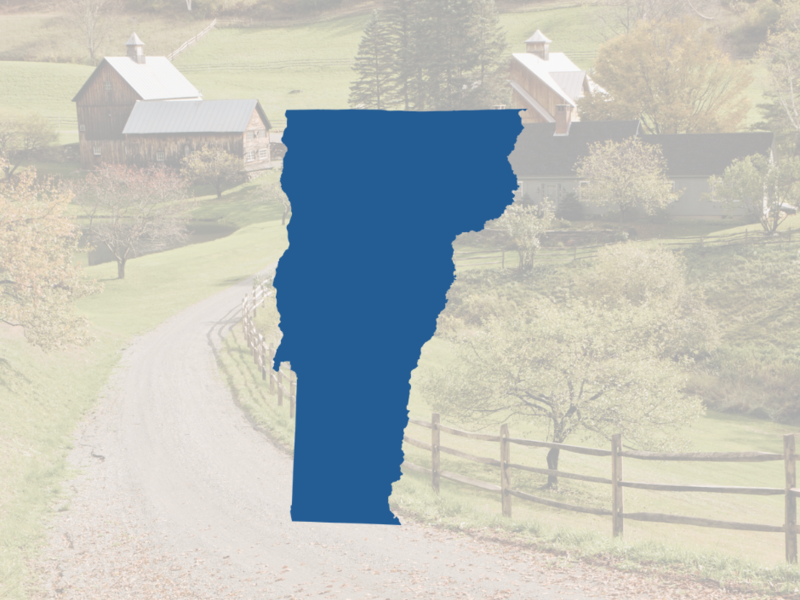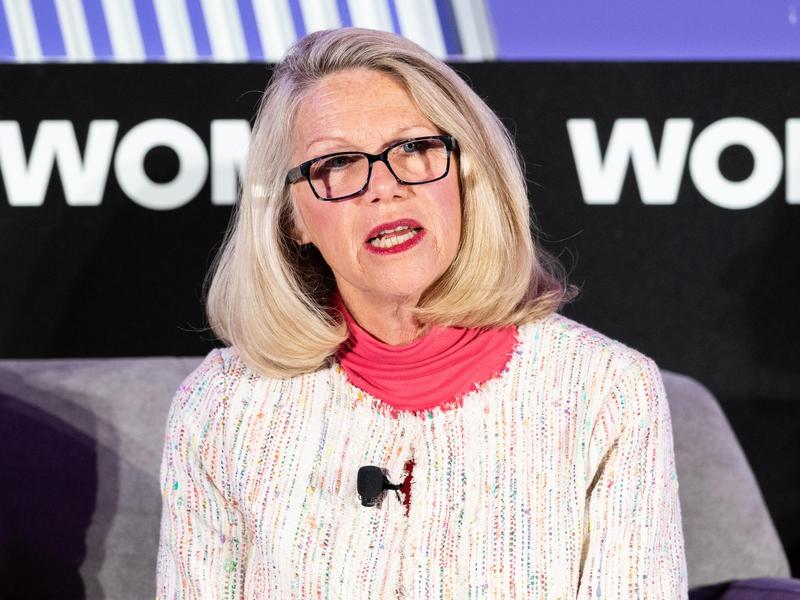
Mark Twain once said, “If you don’t like the weather in New England now, just wait a few minutes.” He could just as easily been talking about American politics these days.
President Trump’s approval ratings since taking office can be succinctly described as low but stable. In 405 major national polls thus far, his disapproval ratings have been higher than his approval ratings in 403, and he has yet to see a 50 percent approval rating in any major national survey. It will be very interesting to see the next week or two’s job-approval ratings for Trump, given his remarkably ham-handed handling of the coronavirus crisis.
That was the "low" part, but here comes the "stable" part: While Trump’s handling of the virus crisis could hardly have been worse, thus far in his presidency his approval ratings have been almost impervious to events.
While previous presidents have typically experienced a range of job-approval numbers of between 20 and 25 points in their first three years in office, there has been just a 14-point “trading range” for Trump in the Gallup Poll. The CNN and Fox News polls point to just a 10-point range. For the NBC News/Wall Street Journal poll, it’s 9 points, and the ABC News/Washington Post poll shows a mere 8-point range.
As always, race makes an enormous difference, but among the subgroups of whites, these factors are closely correlated with support for Trump:
- Gender: Men are much more supportive of Trump than women;
- Education: Those without four-year college degrees are more likely to be supportive of Trump than those with degrees;
- Geography: Those living in small-town and rural America are much more likely to back Trump than those who live in urban or suburban America; and
- Religion: Evangelical Christians or conservative Catholics are more supportive than those of other denominations or those who aren’t religious.
But now, with his statements on the virus crisis resembling a Saturday Night Live segment and with people’s 401(k) retirement plans quickly becoming 200.5(k) plans, it will be fascinating to see whether the economy becomes more of a factor.
Earlier this week, this column looked at national general-election matchups. The numbers looked pretty awful for Trump, and that was before the stock-market losses compounded. He trails Joe Biden and Bernie Sanders by between 7 and 11 points in polls by CNN, Fox News, and Quinnipiac University. To make matters worse for Trump, the generic congressional-ballot test in that CNN Poll and in a prior NPR/PBS/Marist poll both showed GOP support comparable to where it was going into the 2018 midterm-election losses—not a good sign for his party. Obviously it matters what is going on in the dozen or so battleground states; we will be watching for new polling in those states to see how closely they are matching up with the national numbers.
In the contest to determine who will face Trump in the November general election, Bernie Sanders seems to be staying in the race for the Democratic nomination through the Sunday debate but looks doubtful to go much longer after that. Using the New York Times’ delegate count as of 5 p.m. Thursday, Biden has 867 delegates, Sanders 711, and others 167 for a total of 1,745 delegates chosen thus far. Biden has won 50 percent of the delegates chosen, Sanders 41 percent. For a first-ballot convention victory, Biden needs to win 51 percent of the remaining 2,184 pledged delegates to win. Sanders would have to win 59 percent, an extraordinarily difficult thing to do with no winner-take-all primaries allowed on the Democratic side. Simply put, there is no realistic path to the nomination left for Sanders.
For members of Congress, the question is obviously, “What does all of this mean to me?” Cook Political Report House Editor David Wasserman puts the odds of a GOP takeover of the House at about 25 percent. His 435-seat, race-by-race assessment suggests a net gain for the GOP of about six seats, but there is over seven months to go.
Cook Report Senate/Governor Editor Jessica Taylor puts the odds of Democrats winning a Senate majority at not quite 50-50. My guess until very recently had been about a 1-in-3 chance. It is not hard to see how Democrats get to 48 or 49 seats, plausibly losing Sen. Doug Jones in Alabama but having better than 50-50 chances individually against GOP Sens. Martha McSally in Arizona, Cory Gardner in Colorado, and Susan Collins in Maine. But controlling the chamber requires 50 seats if Democrats win the White House, 51 if they don’t. Finding the next seat or two would require more than just a good night for the blue team, but there are multiple possible paths to get to a majority.
On Montana’s filing-deadline day Monday, Democratic Gov. Steve Bullock filed to run against GOP Sen. Steve Daines. While Montana is still a very red state, Democrats now have a realistic chance. If Secretary of State Mike Pompeo actually does remain in Foggy Bottom rather than switch back into the Senate race in Kansas, Democrats have a good chance of picking up that open seat, especially if polarizing former Kansas Secretary of State Kris Kobach is the nominee. Other plausible Democratic chances are in North Carolina against Sen. Thom Tillis, in Georgia’s special election against appointed Sen. Kelly Loeffler, and in Iowa against Sen. Joni Ernst, who had an underwhelming showing on her reelect score in the Des Moines Register poll released on Sunday.
Democrats will need a few breaks to get that next seat or two, but it is far from unrealistic given the number of shots they have and the far better map they have this time compared to 2018.
But as with the weather, things tend to change quickly around here.
This story was originally published on nationaljournal.com on March 13, 2020









Subscribe Today
Our subscribers have first access to individual race pages for each House, Senate and Governors race, which will include race ratings (each race is rated on a seven-point scale) and a narrative analysis pertaining to that race.